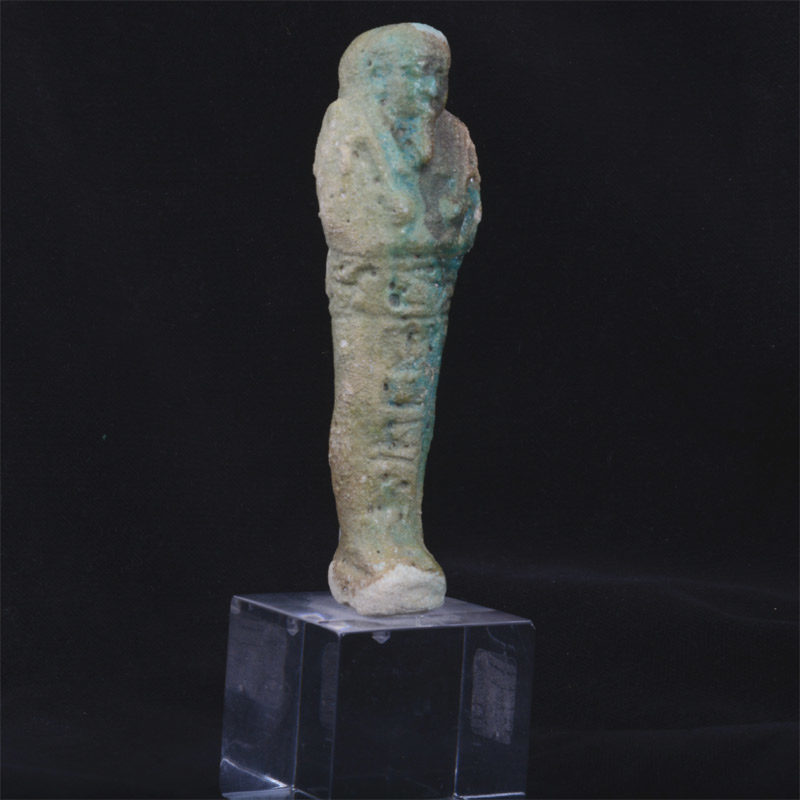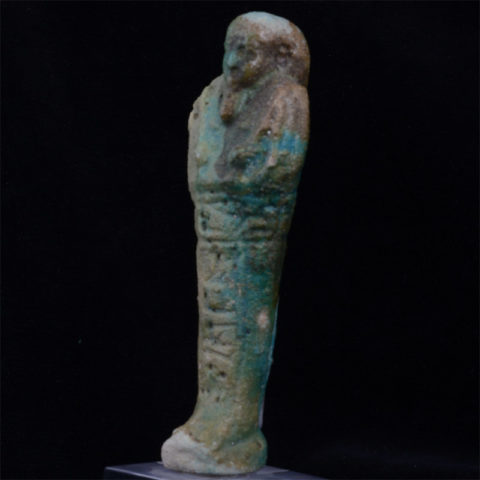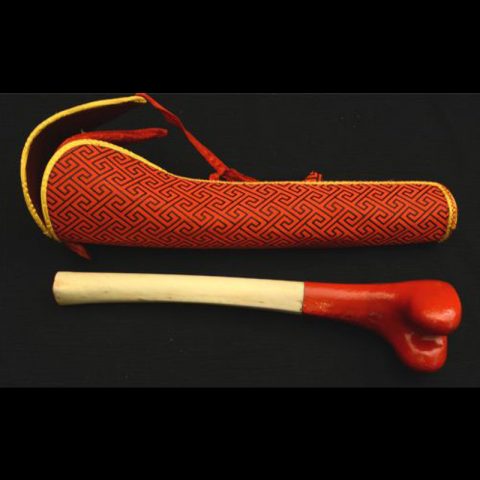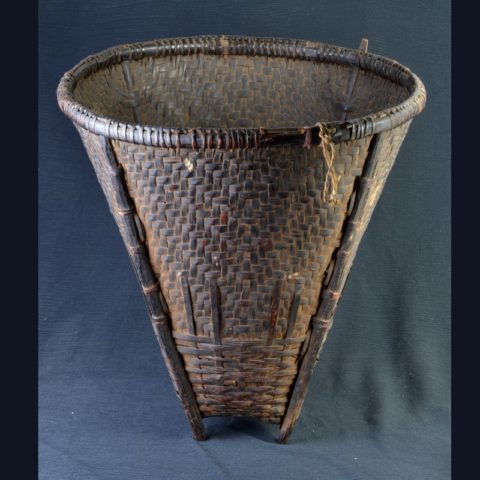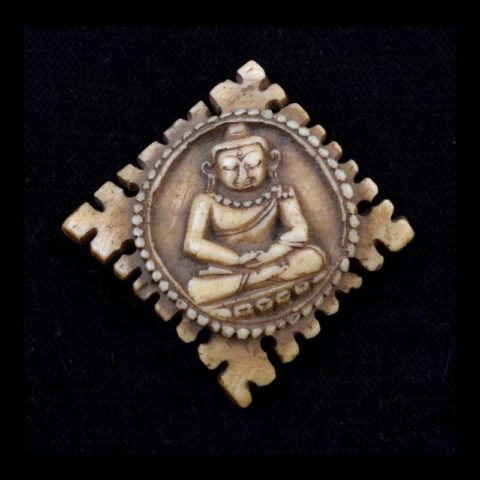Description
Ushabti, Faience, Late to Ptolomaic Period
The Ushabti, Faience, Late to Ptolomaic period is an extraordinary artifact that embodies the ancient Egyptian tradition of afterlife preparation. Crafted between 600 BCE and 30 BCE, during the Late to Ptolemaic period, this small figure represents the fascinating cultural practices and spiritual beliefs of one of history’s most renowned civilizations.
Cultural and Historical Significance
Ushabti, also known as Shabti, were funerary figures placed in tombs to serve as symbolic servants for the deceased in the afterlife. According to ancient Egyptian beliefs, these figures were brought to life by inscribed magical formulas, allowing them to perform tasks such as farming and labor on behalf of their owners in the underworld. Nobles and royalty often included numerous Ushabti in their tombs to ensure their comfort in the afterlife.
Design and Features
This Ushabti, crafted from faience—a glazed ceramic material prized in ancient Egypt—stands 4 ¼ inches tall and is mounted on a lucite base for display. Its surface features hieroglyphics, enhancing its historical authenticity and providing a glimpse into the rich symbolism of the period. While the inscriptions remain undeciphered, they likely contain the activation spells common to Ushabti figures.
Why Choose This Artifact?
- Authenticity: Genuine artifact from the Late to Ptolemaic period.
- Cultural Depth: Represents ancient Egyptian beliefs about the afterlife and labor delegation.
- Unique Craftsmanship: Made from faience, a material highly regarded in antiquity.
The Ushabti, Faience, Late to Ptolomaic period is more than an artifact—it’s a window into ancient Egyptian culture and spirituality. Perfect for collectors, historians, or enthusiasts of ancient history, this piece offers an unparalleled connection to the past.

